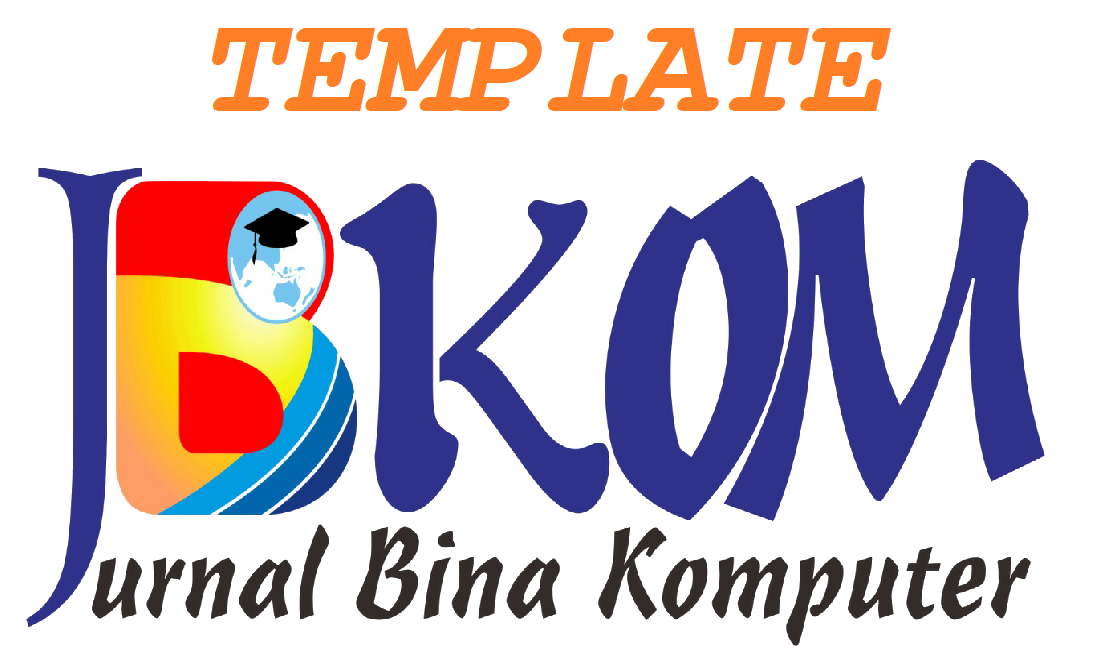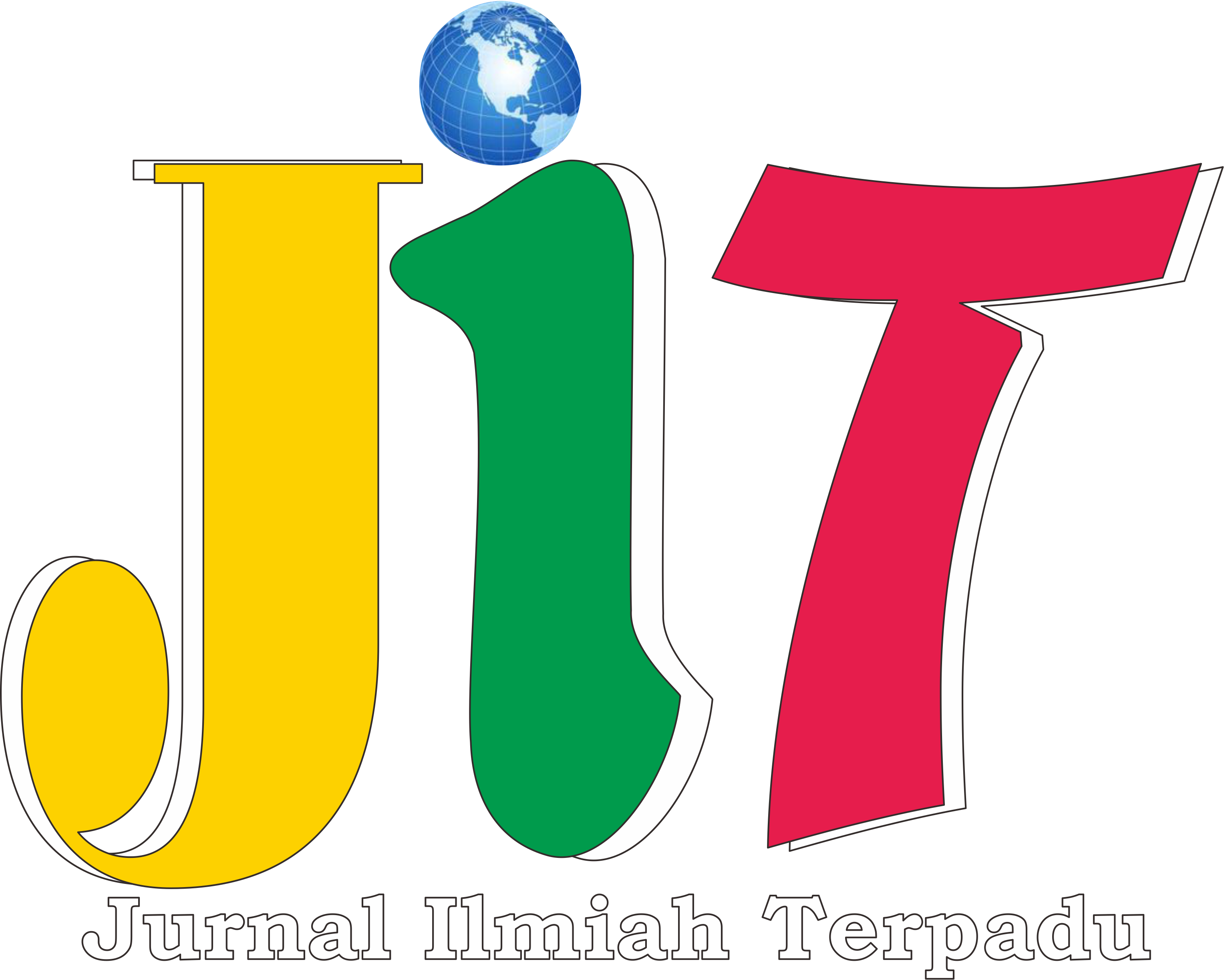PERANAN E-GOVERNMENT DALAM PELAYANAN PUBLIK KECAMATAN KOTA AGUNG (Studi kasus : E-Government Kabupaten lahat)
DOI:
https://doi.org/10.33557/binakomputer.v1i1.148Keywords:
SEM, Smart PLS, public satisfaction, UsabilityAbstract
The use of E-Government becomes an inseparable part of public activity. Therefore, the development and improvement of E-Government should always be done considering the current technology has been developed, especially in the interface or interface. In an effort to achieve the efficiency of the role of e-government in public service using RBV theory is important enough, let alone related to the satisfaction of use, the feasibility of website display, information system satisfaction, and others. The e-government Portal Website is used as a product, public service and community use satisfaction in Lahat District. This website is also used as a means of agency information. Review of Website utilization e-government portal needs to be done to measure from user satisfaction level. To measure the level of user satisfaction / Website users. Lahat District as one of the local Governments in South Sumatra has been using E-Government in the performance process. The purpose of this research is to generate a good usability value, so that later will provide input to Lahat Regency about the development of E-Government. The method in this research is action research using descriptive research with quantitative approach. Testing is done by Partial Least Square method, as a benchmark to generate public satisfaction. Based on the discussion then in this study obtained the conclusion that the e-Government interface of Lahat Regency currently does not reach the ideal usability level then the researcher gives the proposal to provide training to the public
Downloads
References
Gil-Garcia, JR & Martinez-Moyano, IJ 2007, 'Understanding the evolution of e-government: The influence of systems of rules on public sector dynamics', Government Information Quarterly, vol. 24, no. 2, pp. 266-90.
Jaeger, PT & Thompson, KM 2003, 'E-government around the world: lessons, challenges, and future directions', Government Information Quarterly, vol. 20, no. 4, pp. 389-94.
Kettinger, WJ, Grover, V, Guha, S & Segars, AH 1994, 'Strategic Information Systems Revisited: A Study in Sustainability and Performance', MIS Quarterly, vol. 18, no. 1, pp. 31-58.
Layne, K & Lee, J 2001, 'Developing fully functional E-government: A four stage model', Government Information Quarterly, vol. 18, no. 2, pp. 122-36.
Oliveira, GHM & Welch, EW 2013, 'Social media use in local government: Linkage of technology, task, and organizational context', Government Information Quarterly, vol. 30, no. 4, pp. 397-405.
Yildiz, M 2007, 'E-government research: Reviewing the literature, limitations, and ways forward', Government Information Quarterly, vol. 24, no. 3, pp. 646-65.










_1.png)





